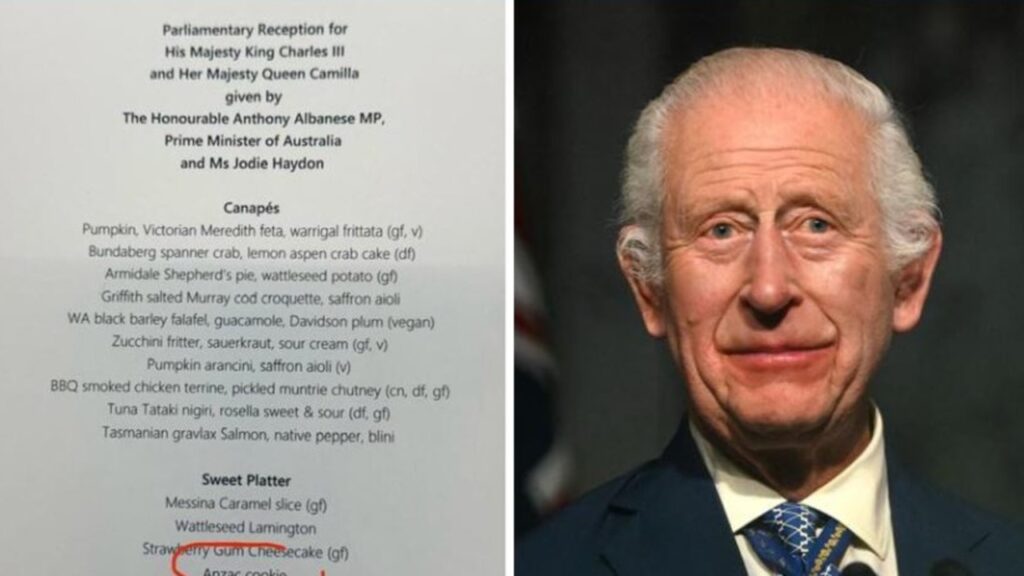The government has gone all-in on its 1.2 million new homes plan — which experts say is doomed
Written by admin on May 14, 2024
The government has gone all-in on its strategy to solve the crippling housing crisis, upping its bet on a long-term fix over short-term relief.
Tuesday’s budget includes $6.2 billion of additional spending for new measures to boost housing supply via social housing investment, infrastructure improvement, and student accommodation.
It adds to the recently coined Homes for Australia Plan, the bill for which has now hit a staggering $32 billion, all leading towards the central “aim” of building 1.2 million new homes over the next five years.
What was originally an election commitment and then a firm target, with the backing of states and territories, has more recently morphed into a “goal”.
And an ambitious one at that.
In his speech to parliament, Treasurer Jim Chalmers said the two main themes of the budget are “easing the cost of living and building more homes for Australians”.
“In the five years from this July, we aim to build 1.2 million of them,” Dr Chalmers said. “Our goal is ambitious — but achievable, if we all work together and if we all do our bit.”
Real Estate Institute of Australia president Leanne Pilkington is one of a growing number of figures in the housing sector who feel the race is over before it’s even begun.
“It’s unlikely the current Homes for Australia package will shift the dial on bringing more homes to market more quickly,” Ms Pilkington said.
She expressed concern at what she saw as “the Treasurer dialling down expectations around the 1.2 million homes target” over the past week.
The government’s own National Housing Supply and Affordability Council also recently delivered a bleak outlook, declaring the goal “will not be achieved”.
It pointed to a boom in migration numbers, rising interest rates, a skills shortage, weak consumer confidence, and deteriorating housing affordability had all contributed to “insufficient supply”.
“These all combine to create an environment in which prices and rents are growing faster than wages, rental vacancies are near all-time lows, 169,000 households are on public housing waiting lists, 122,000 people are experiencing homelessness and projected housing supply is very low,” the council’s chair chairperson Susan Lloyd-Hurwitz said.
Housing Minister Julie Collins concedes the government’s strategy to solve the housing crisis “won’t happen overnight”.
“But increasing supply is the best and most lasting fix to Australia’s housing shortage,” Ms Collins said.
From a housing perspective, the budget is big on long-term and big-picture fixes.
The only form of immediate relief in the budget for those struggling with the skyrocketing cost of housing is an increase to the Commonwealth Rent Assistance payment.
About one million people receive the welfare supplement, which will rise by 10 per cent this year, on top of a 15 per cent increase last year.
“It’s the first back-to-back increase to Commonwealth Rent Assistance in more than 30 years,” Dr Chalmers said, adding that this year’s bump comes at a cost of $1.9 billion.
But only a proportion of the one-third of Aussies who rent the home they live in are eligible for the support, so there was no relief for them in the budget.
Echoing criticism from the opposition and the Greens over the weekend, Ms Pilkington also hit out at what she described as the government’s habit of “repacking and reallocating” existing funding commitments.
Days ago, Prime Minister Anthony Albanese and the Housing Minister announced an $11.3 billion package aimed at boosting social and affordable housing supply.
The Coalition’s housing spokesman Michael Sukkar described the package as a “fraud” given it contained no new money, while Greens housing spokesman Max Chandler-Mather said the government was “pretending” its ideas were new.
“What Labor actually announced is no extra money for social housing, nothing for renters and no plan to cap rents,” Mr Chandler-Mather said. “This is a fake announcement and a disaster for renters.”
A measure welcomed by the construction sector was the commitment to fund 20,000 fee-free TAFE places for aspiring apprentices, in a bid to ease labour shortages.
More Coverage
“If we are going to have any chance of building enough homes we have to prioritise capacity building of the industry,” Master Builders Australia chief executive Denita Wawn said.
“Workforce shortages remain the biggest source of cost pressure and disruption for the building and construction industry.”
While 1.35 million Australians work within the building sector, 8 per cent of tradies leave each year and only about half are replaced.







